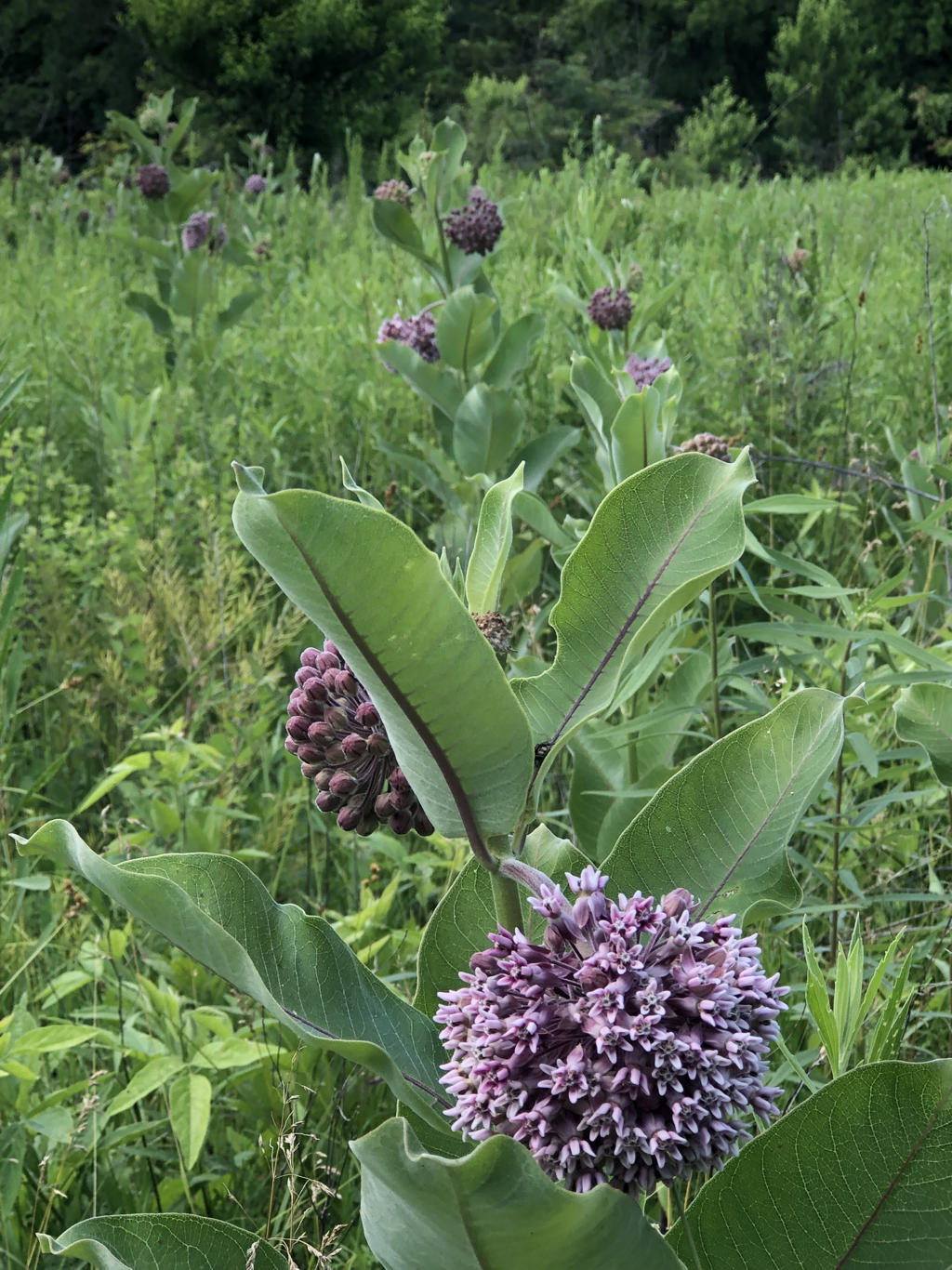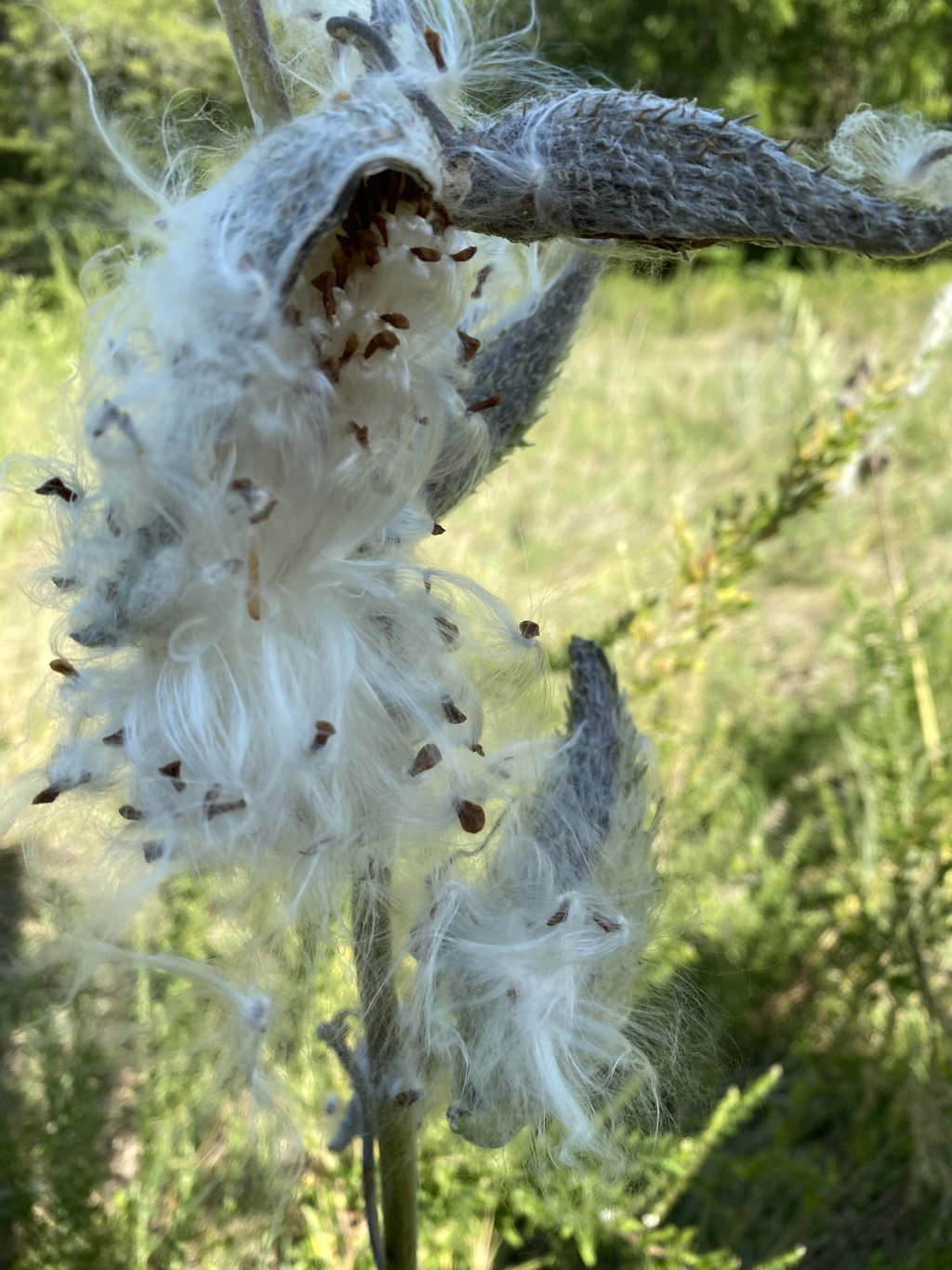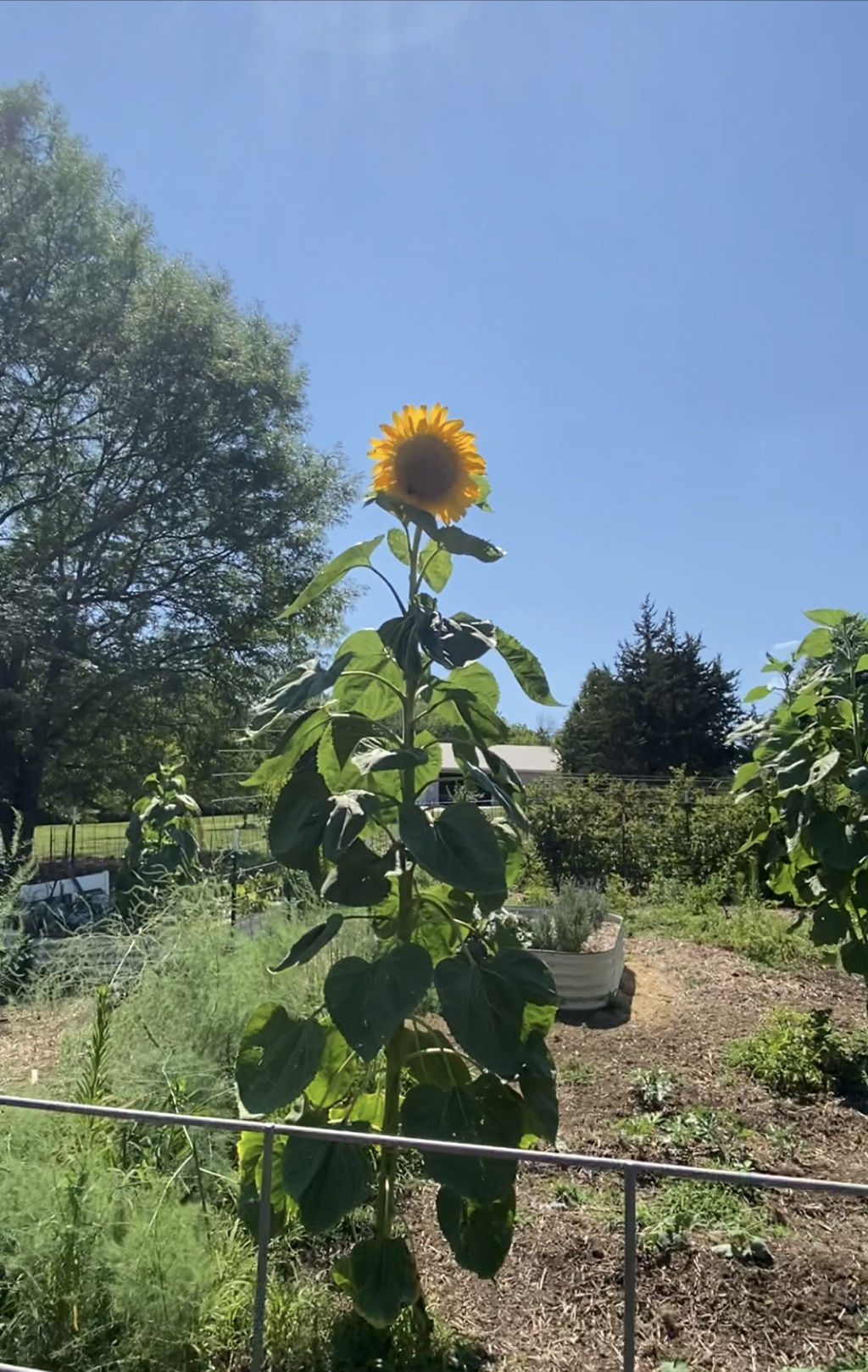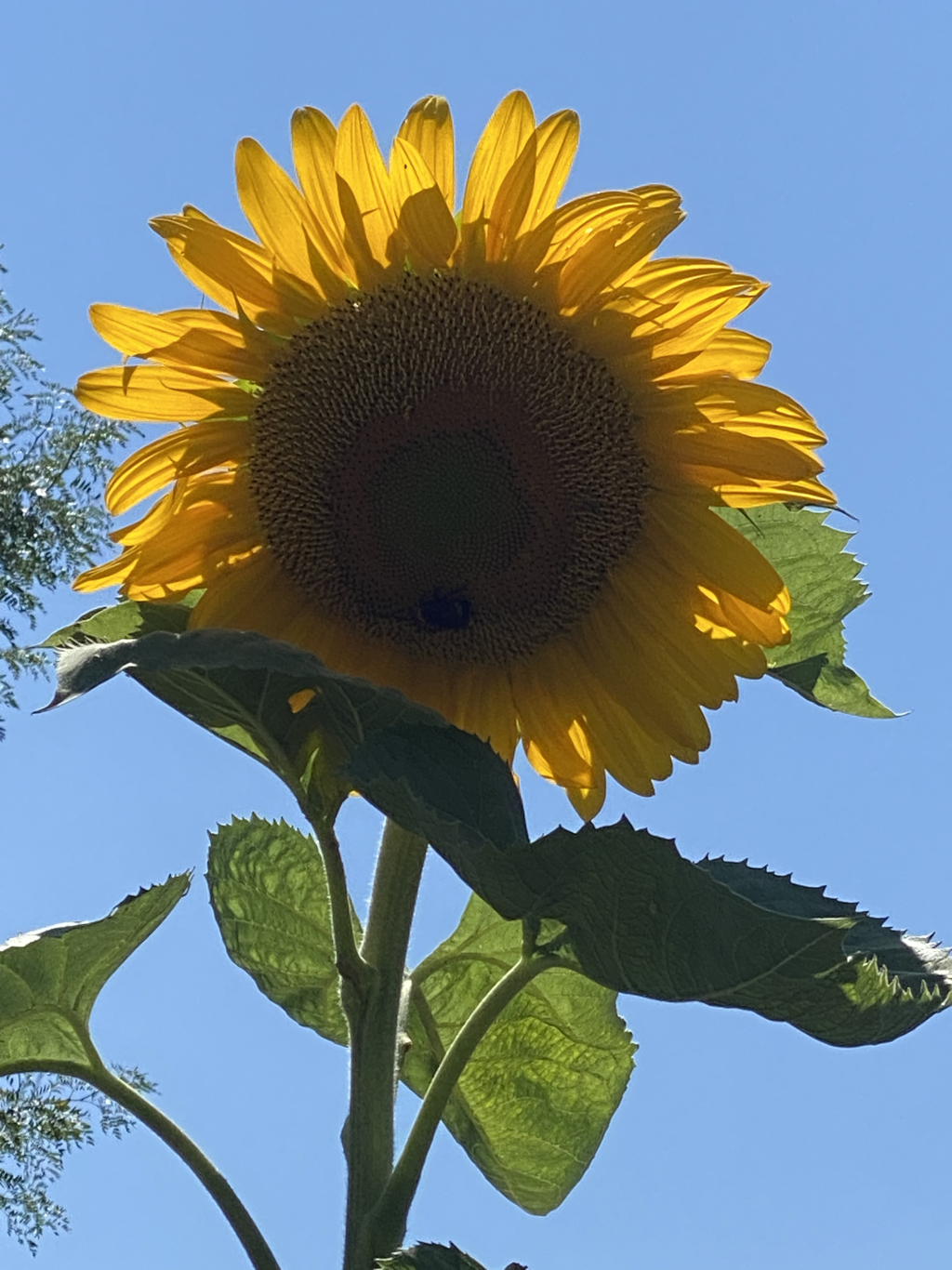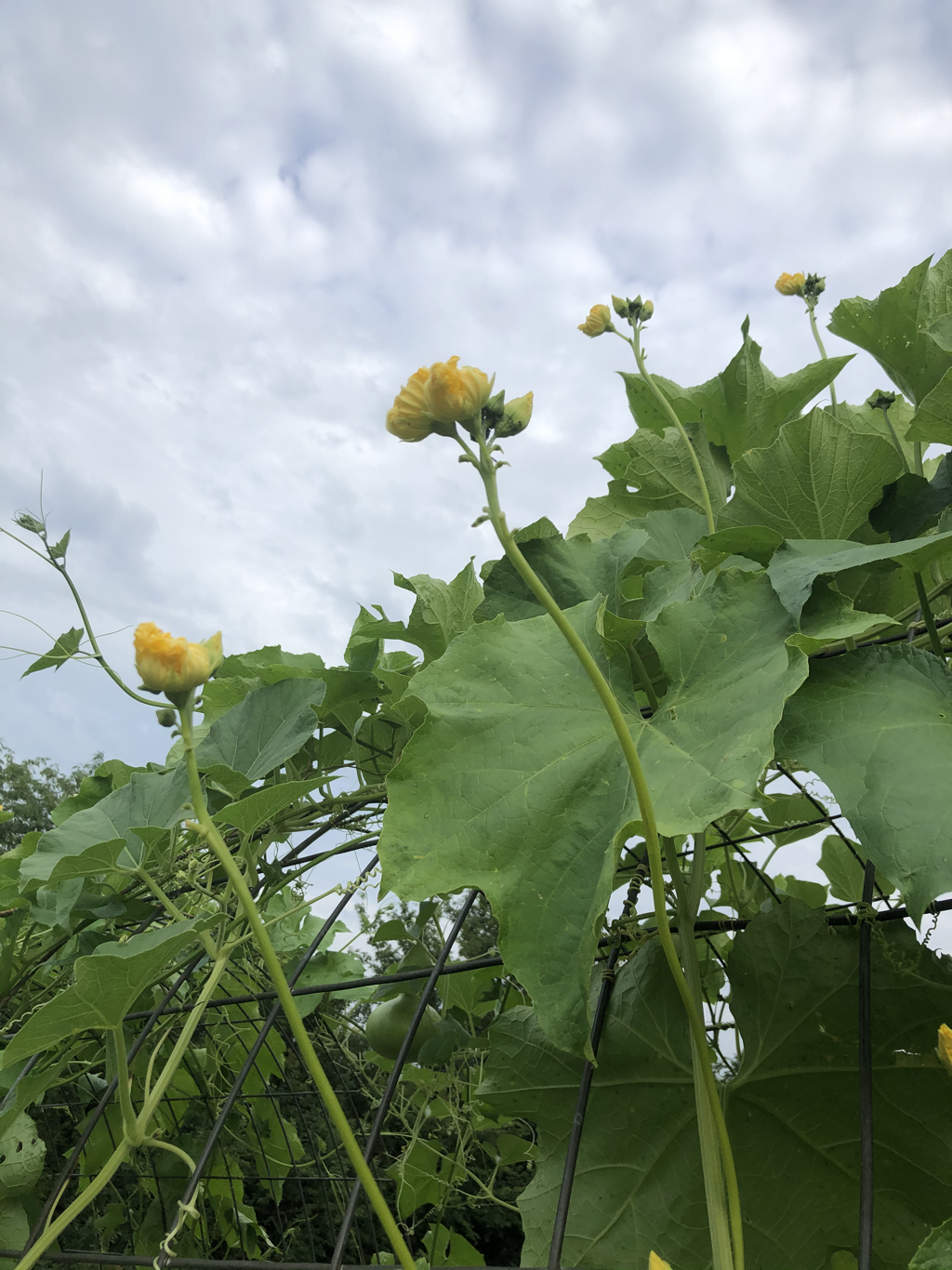SQUARED AWAY ACRES
Thank you for taking seeds to plant for the bees and other pollinators! I love seed saving and seed sharing.
Here are the planting instructions for any of the seeds I have foraged from the farm.
Here are the planting instructions for any of the seeds I have foraged from the farm.
Milk weed
Most folks know that milk weed is great for the monarch butterfly but bees get a large amount of nectar from them too!
In the fall the seed pods crack open and release the seeds to the wind to be spread around naturally. Now is the perfect time to throw the seeds in the flower bed you want them in. They are perennial and will spread. Please research milk weed to make sure you put them in the best location. They take several years to get to the size they produce flowers and seeds.
"Growing milkweed from seed Many people want to grow their milkweed plants from seed. What surprises many is that the best time to plant those seeds is in the winter! Yes, winter is the single best time of year to get those seeds into the ground. That's because perennial milkweeds require a period of freezing temperatures before they are able to break dormancy. This process is known as stratification.
In natural environments, milkweed seeds go through that stratification without interference. You need to replicate that experience as much as possible. That’s great news if you don’t want to spend a lot of time in the garden because it simply means you can:
1: Plant the milkweed seedsSimply drop the milkweed seeds on top of the soil. You don't want to embed them into the soil because they need natural light to grow. Use your hand to press them gently into the earth, but don’t cover them. If you do cover them with your soil, they simply won’t grow.
2: Leave them alonePlant your milkweed seeds over the winter and you won’t need to do anything else! They’ll be at the perfect temperature and receive the ideal amount of light. So as the spring arrives, they’ll be ready to germinate".
In the fall the seed pods crack open and release the seeds to the wind to be spread around naturally. Now is the perfect time to throw the seeds in the flower bed you want them in. They are perennial and will spread. Please research milk weed to make sure you put them in the best location. They take several years to get to the size they produce flowers and seeds.
"Growing milkweed from seed Many people want to grow their milkweed plants from seed. What surprises many is that the best time to plant those seeds is in the winter! Yes, winter is the single best time of year to get those seeds into the ground. That's because perennial milkweeds require a period of freezing temperatures before they are able to break dormancy. This process is known as stratification.
In natural environments, milkweed seeds go through that stratification without interference. You need to replicate that experience as much as possible. That’s great news if you don’t want to spend a lot of time in the garden because it simply means you can:
1: Plant the milkweed seedsSimply drop the milkweed seeds on top of the soil. You don't want to embed them into the soil because they need natural light to grow. Use your hand to press them gently into the earth, but don’t cover them. If you do cover them with your soil, they simply won’t grow.
2: Leave them alonePlant your milkweed seeds over the winter and you won’t need to do anything else! They’ll be at the perfect temperature and receive the ideal amount of light. So as the spring arrives, they’ll be ready to germinate".
Mammoth Sunflower
Sunflowers are a huge hit for bees! They get a ton of pollen and nectar from them. The Mammoth sunflower will create one HUGE flower head that will produce hundreds of seeds. These can be direct sown into soil when it is warm enough.
https://sowrightseeds.com/blogs/planters-library/how-to-grow-mammoth-sunflowers#:~:text=Mammoth%20sunflower%20seeds%20are%20simple,other%20animals%20from%20eating%20them.
Luffa Gourd
Luffa is an amazing vining plant. It is at peak when it is August and the humming birds LOVE this. The flowers are bright yellow and prolific. When the threat of frost is gone and soil is warm, direct sow these in dirt. They take awhile to grow but are worth the wait.
https://www.marysheirloomseeds.com/blogs/news/how-to-grow-luffa-from-seed
